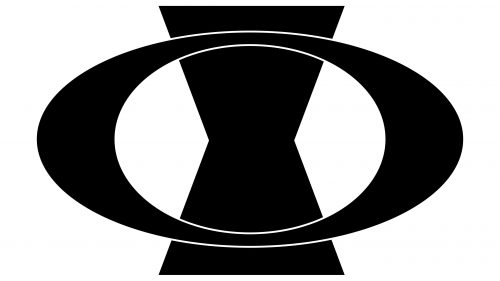The Oltena logo embodies evolution, versatility, and strength, highlighting the company’s leadership in the automotive industry. The restrained color palette symbolizes high standards of quality, while the perfectly symmetrical design signifies the brand’s stability and reliability.
Oltena: Brand overview
Craiova was the home of the 1991 founding of the Romanian automaker Oltena. It was created amid major political and economic upheaval in Romania when the communist dictatorship was overthrown in 1989. The nation’s shift to a market economy and the creation of new private businesses defined this period.
Craiova, in southwest Romania, is in the historical region of Oltenia, which inspired the company’s name. The company’s goal is to play a significant role in the local economy and industry, reflected in its name.
The company’s main business was the manufacture of vehicle parts. It specializes in producing various parts for the automotive sector, such as plastic parts, interior components, and body pieces.
During the 1990s, the company was essential in preserving the region’s production capability when the automobile sector in Romania was undergoing significant changes. In addition to giving the locals jobs, the enterprise helped the community’s technological abilities grow.
The company operated in Romania during the 1990s amid difficult economic circumstances. High inflation, unstable economies, and the challenges of shifting to a market economy characterized this era. Despite these obstacles, the business made a name for itself in the automobile components market.
As the Romanian economy stabilized in the early 2000s and the nation became ready to join the EU (which happened in 2007), the company probably encountered new opportunities and challenges. This might have included updating production to compete with foreign manufacturers and meet European quality standards.
The automobile sector in Romania underwent considerable developments during this period. The industry saw significant investments and modernization after Renault purchased Dacia, a Romanian automaker, in 1999. This might have affected the company’s business operations by posing fresh chances for cooperation or escalating rivalry.
Regretfully, the company closed its doors in 2006. Financial issues, shifts in the market, or reorganization within the local car sector may have caused its demise.
It is significant to remember that even though the company was dissolved, its operations aided in the growth of Craiova’s automotive sector. Soon after its demise in 2007, Ford purchased the former Daewoo facility in Craiova, sparking a new stage in the area’s automotive sector’s growth.
Despite being brief by the automobile industry standards, the company’s history captures the intricate phase of Romania’s industrial and economic shift from a centralized to a market economy. The enterprise helped preserve the region’s industrial potential through a difficult economic transition.
Meaning and History
What is Oltena?
In the post-Soviet era, this company was a small regional automaker operating in Romania. It met consumer demands in a difficult economic environment by producing affordable cars for the local market. It favored practicality and affordability in developing its models, emphasizing basic mobility rather than luxury or luxury features. At the time, the company faced several challenges similar to those faced by many other small car manufacturers in Eastern Europe, including a lack of resources and competition from larger and more established companies. These factors ultimately led to the brand’s short existence in the automotive sector.
1991 – 2006
The Oltena logo was inspired by the emblem of Oltcit, the company whose disappearance led to the creation of this successful new brand. The automaker, officially known as S.C. Automobile Craiova S.A., chose a simple geometric pattern as its symbol. The design centers around a vertical oval borrowed from Oltcit, representing the first letter of Oltena.
The oval has varying thicknesses, expanding on the sides to create the illusion of continuous motion. This geometric shape symbolizes infinity and cyclicality; in the automotive context, it suggests a racetrack. The road signifies continuous forward movement, a metaphor for the company’s constant development.
Inside the oval are two trapezoids forming an hourglass shape, symbolizing the passage of time. Oltena has undergone several transformations: first as Oltcit’s successor, then in partnership with Daewoo, and eventually acquired by Ford. Additionally, the hourglass represents precision and innovation, crucial qualities for any automotive brand. The mirrored trapezoids also resemble an engine component, hinting at the company’s history of selling auto parts.
The geometric style of the logo gives it a modern and minimalist appearance. The perfect symmetry of the elements evokes a sense of balance, showcasing Oltena’s stability and reliability. The absence of extra details makes the emblem versatile and easily recognizable, while the restrained black color exudes strength, elegance, and authority.





